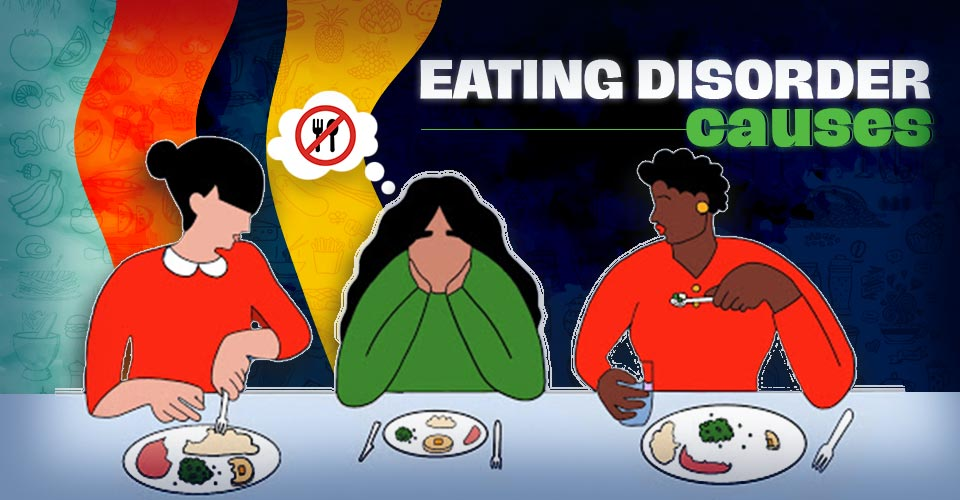Intro: For those trapped in cycles of secret binges, a medication originally used for ADHD is offering something radical: quiet where food noise once roared.
1:The Broken Signal: Why Urgency Overrides Fullness
Imagine trying to listen to a friend while sirens blare. That’s life with binge eating disorder (BED)—your body’s fullness signals drowned out by relentless mental chatter about food.
The Neurobiology of “Can’t Stop”
- Dopamine dysfunction: Binges temporarily spike this “reward chemical,” creating false urgency
- Poor impulse control: Frontal lobe struggles to override urges
- Reward deficiency: Normal meals fail to register as satisfying
Real impact: David, 34: “I’d eat until physically sick, not because I wanted to—because my brain screamed I HAD to.”
Lisdexamfetamine’s First Action: Turning Down the Volume
This prodrug (inactive until digested) works by:
- Increasing dopamine/norepinephrine in impulse control centers
- Enhancing communication between emotional and regulatory brain regions
- Slowing the “emergency!” signals from reward pathways
Key difference from stimulants: Gradual effect over 10-14 days avoids euphoria, targets dysregulation not hyperactivity.
2:Beyond Suppression: How It Creates Space for Healing
This isn’t just a binge “off-switch”—it repairs the broken circuitry blocking recovery:
The Three-Phase Shift
| Timeframe | Brain Change | Lived Experience |
| Week 1-2 | Chemical rebalancing | “The mental food chatter decreased from shouting to whispering” |
| Week 3-8 | Neural pathway remodeling | “I could actually pause when full instead of autopiloting into binges” |
| Month 3+ | Sustainable regulation | “Food became fuel, not an obsession” |
Why Therapy Works Better With Medication
- Cognitive Behavioral Therapy (CBT) success rates increase 40% when patients can:
- Hear their thoughts without food noise distortion
- Practice coping skills without being hijacked by urges
- Notice fullness cues previously drowned out
Dr. Lena Park explains: “It’s like repairing the piano before teaching someone to play.”
3:Navigating the Journey: What Treatment Really Looks Like
Myth: “You pop a pill and binges vanish.” Reality: This is neural retraining requiring active partnership:
The Integrated Protocol
- Medical Assessment:
- Confirming BED diagnosis (not emotional eating)
- Ruling out contraindications (heart issues, anxiety disorders)
- Dose Calibration:
- Starting low (30mg), adjusting monthly
- Tracking “quiet moments” vs. side effects
- Therapy Synergy:
- Weekly CBT for binge triggers
- Mindful eating practice during medication’s “window of clarity”
Maya’s 6-Month Timeline
- Month 1: Reduced binge days from 18/month → 9
- Month 3: First spontaneous meal stop at fullness
- Month 6: Binges rare (1-2/month), managed with CBT skills
Critical note: Medication enabled the pause; therapy built the skills.
4:The Full Picture: Considering Risks and Realities
Like all neural tools, this requires careful navigation:
Potential Side Effects & Management
| Effect | Frequency | Management Strategies |
| Dry mouth | 40% | Sugar-free gum, increased water |
| Sleep disruption | 25% | Morning dosing, sleep hygiene |
| Appetite suppression | Early treatment | Scheduled meals, nutrient tracking |
Who Might Not Benefit
- Those with:
- Uncontrolled hypertension
- History of substance misuse
- Severe anxiety (can amplify symptoms)
- Patients seeking “weight loss pills” (this treats dysregulation, not body size)
The Relapse Reality
- Stopping medication abruptly returns binge frequency to baseline in 75% of cases
- Successful protocols involve:
- 12-18 months minimum treatment
- Slow tapering only after 6 binge-free months
- Ongoing maintenance therapy
Conclusion: Not a Cure, but a Catalyst for Change
Lisdexamfetamine’s greatest power isn’t binge suppression—it’s giving people back their inner compass:
The Recovered Moments
- “I chose salad because I wanted crunch—not because I ‘should’”
- “I kept ice cream in my freezer for 3 weeks—it just stopped calling to me”
- “When stressed, I now call my sister. The thought to binge comes last, not first”
The Paradigm Shift
This treatment reframes binge eating as:
→ Neurological dysregulation, not lack of willpower
→ Treatable brain circuit issue, not moral failure
→ Collaborative healing opportunity, not shameful secret
As researcher Dr. Amir Hassan reflects: “We’re not drugging away behavior—we’re restoring the brain’s ability to hear its own wisdom. The real healing begins when that wisdom starts speaking again.”
For those who’ve felt controlled by relentless food noise, this medication offers more than symptom relief—it returns the microphone to your deepest self. And slowly, gently, that self begins to whisper: “You were never broken. You just needed help turning down the static.”
The journey continues long after pills end. But in that newfound quiet, something miraculous happens: You finally hear your own hunger—and your own wholeness—speaking clearly at last.


